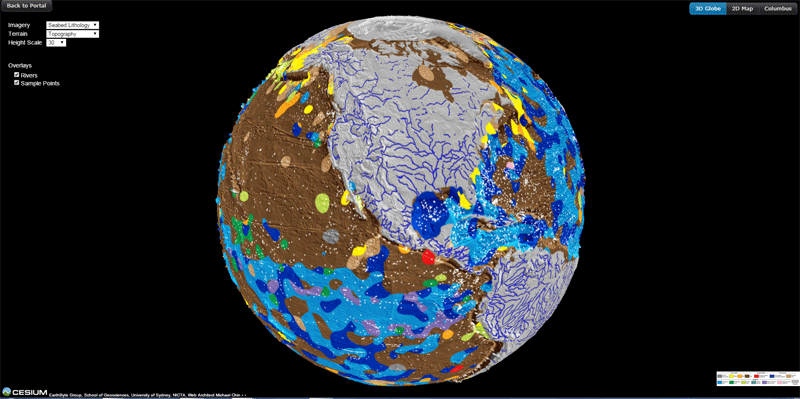The University of Sydney’s School of Geosciences is using big data to build digital maps of the ocean floors. Big data — a broad term describing data sets so large or complex that traditional data processing applications are inadequate — is all the rage in the business world, processing large amounts of data to develop actionable insights, but is interesting to see it utilized in such a way.
The research team analyzed and categorized around 15,000 seafloor samples – taken over half a century on research ships to generate the data for the map. They then teamed teamed with the National ICT Australia big data experts to find the best way to use algorithms to turn this multitude of point observations into a continuous digital map. To put this all in perspective, the last time a map of the ocean floor was developed, it was hand drawn in the 1970s.
“In order to understand environmental change in the oceans we need to better understand what is preserved in the geological record in the seabed,” said lead researcher Dr. Adriana Dutkiewicz from the University of Sydney. “The deep ocean floor is a graveyard with much of it made up of the remains of microscopic sea creatures called phytoplankton, which thrive in sunlit surface waters. The composition of these remains can help decipher how oceans have responded in the past to climate change.”
Published in the latest edition of Geology, the map will help scientists better understand how our oceans have responded, and will respond, to environmental change. It also reveals the deep ocean basins to be much more complex than previously thought.



